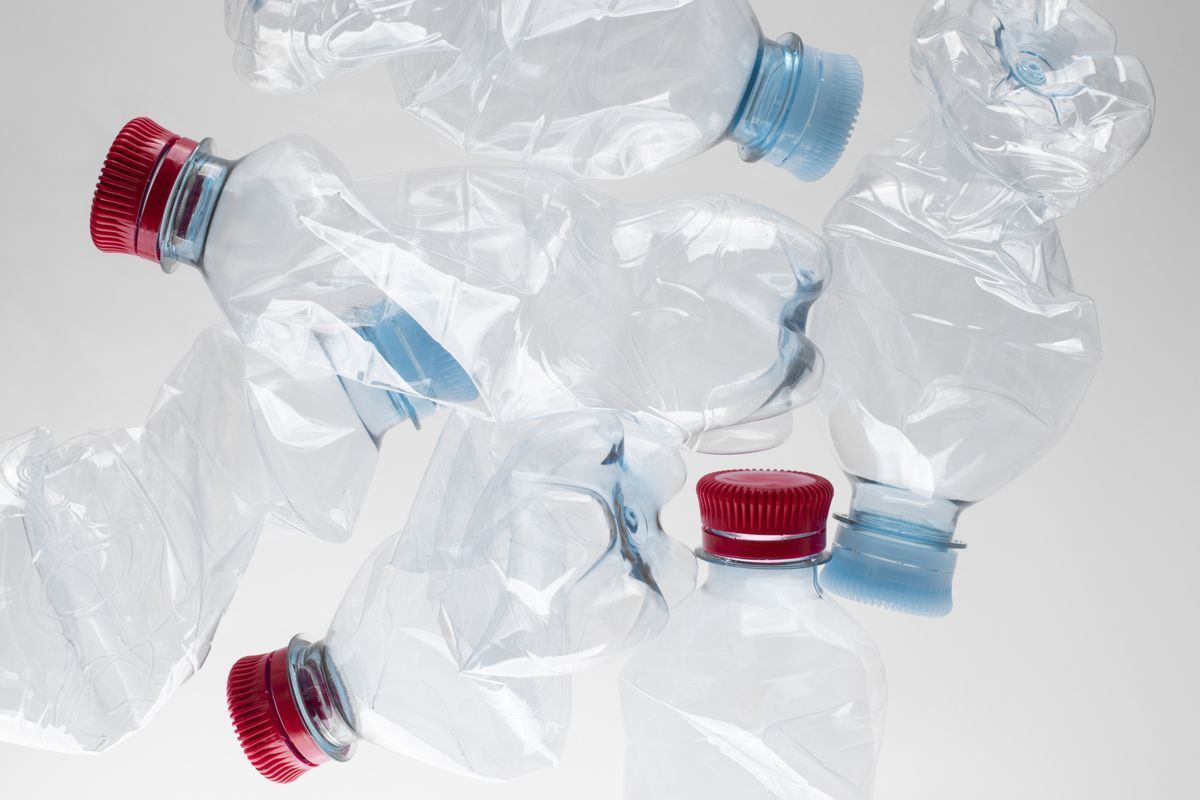The ocean floor has turned into a plastic reservoir
[ad_1]

Scientists have studied plastic waste and for the first time calculated how much of it ends up on the seabed
A new study by Australia’s national science agency CSIRO and the University of Toronto in Canada has found that there is up to 11 million tonnes of plastic pollution on the ocean floor.
Every minute, a ton of plastic collected by garbage trucks ends up in the ocean. With plastic use expected to double by 2040, understanding how and where it ends up is critical to protecting marine ecosystems and wildlife.
CSIRO senior scientist Denise Hardesty explained that this is the first estimate of how much plastic waste ends up on the ocean floor, where it accumulates before breaking down into smaller pieces and mixing with ocean sediments.
“We know that millions of tons of plastic waste end up in our oceans every year, but what we didn’t know was how much of that pollution ends up on the ocean floor,” explains Hardesty.
Scientists have found that the ocean floor has become the focus or reservoir for most of the plastic, with estimates that between 3 and 11 million tons of plastic sink to the ocean floor. While the amount of microplastics on the seafloor has previously been assessed, the new analysis looks at larger items, from nets and cups to plastic bags and everything in between.
Researcher Alice Zhu suggests that estimates of plastic pollution on the ocean floor could be 100 times greater than the amount of plastic floating on the surface of the ocean.
“The ocean surface is a temporary home for plastic, so it is expected that if we can stop plastic from entering our oceans, the amount of plastic will decrease. However, our study showed that plastic will continue to settle in the deep ocean, which becomes a permanent storage site or sink for marine plastic pollution,” Zhu comments.
The scientific data was used to build two predictive models to estimate the amount and distribution of plastic on the ocean floor—one based on data from remotely operated vehicles (ROVs) and the other based on data from bottom trawls.
ROV estimates there are between 3 and 11 million metric tons of plastic pollution on the ocean floor. The ROV results also show that plastic mass is accumulating around continents—about half, 46 percent, of the predicted plastic mass on the world’s ocean floors is found at depths greater than 200 meters. Ocean depths ranging from 200 meters to 11,000 meters contain the remaining 54 percent of the predicted mass of plastic.
Although inland and coastal seas occupy a much smaller area than the oceans, these areas are predicted to contain as much plastic mass as the rest of the ocean floor.
“These results help fill a long-standing gap in knowledge about the behavior of plastics in marine environments,” said Alice Zhu. “Understanding the driving forces behind the transport and accumulation of plastic in the deep ocean will help inform efforts to reduce sources of pollution and restore the environment, thereby reducing the risks that plastic pollution can pose to marine life.”
[ad_2]
Source link








